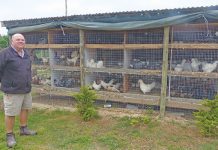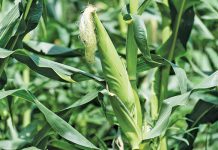Wandering Shepherd of Canada has developed the Wireless Rumen Bolus (WRB) for tracking livestock and wildlife.
The bolus is administered orally and stays in the rumen throughout the animal’s life. This means more accurate information, enabling herds to be closely tracked, says Wandering Shepherd co-founder Neil Helfrich.
The WRB is not the first system to make use of a bolus, but its unique design ensures that the WRB always remains upright and expensive handheld scanners or readers are not required. Instead, the WRB sends information via a radio frequency (which is why it is designed to remain upright).
Illness detection, animal location
Advantages of the WRB include early sickness detection (as much as 24 hours to 36 hours before outward signs manifest themselves), oestrus cycle data, being able to locate lost/sick animals quickly, low treatment costs and labour savings.The WRB is also impossible to lose or be ‘replaced’ by stock thieves, as is commonly the case with ear tags.
‘Pass the message on, please’
Another useful feature is that if one cow is out of reach of a cellphone tower, the data supplied by its WRB can be transmitted from one animal to another and so be relayed to the receiver. The bolus has no side effects and it can be used in free-range animals too, says Helfrich. Its lifespan is 10 years and the WRB can be reused in other animals.
According to Wandering Shepherd, there are plans to construct a manufacturing plant in Botswana. The product would then be distributed throughout in Southern African countries.
The WRB is expected to cost approximately P50 (about R70) per animal.
For more details, visit wanderingshepherdafrica.com.











